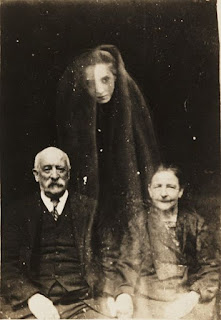Cool versus Fool—Criticisms of Louis Armstrong

By Shannon Stockwell In the beginning of his career, Louis Armstrong successfully walked the thin line between art and entertainment. His jazz recordings with the Hot Five were regarded as some of the most influential in music history, but at the same time, the records contained enough of his comedy and his distinctive singing to attract those who weren’t jazz aficionados. By the end of the 1930s, however, it was clear that Armstrong’s music was decidedly pop oriented. As he grew more popular with mainstream audiences, jazz scholars turned up their noses at him. Among these purists, the consent was that Armstrong didn’t have the same technical proficiency that he once did, his repertoire was stale, and he gave up musicality for mainstream entertainment value. Around the 1940s, young black jazz musicians who had once admired Armstrong found themselves with similar criticisms, but they believed Armstrong h...

